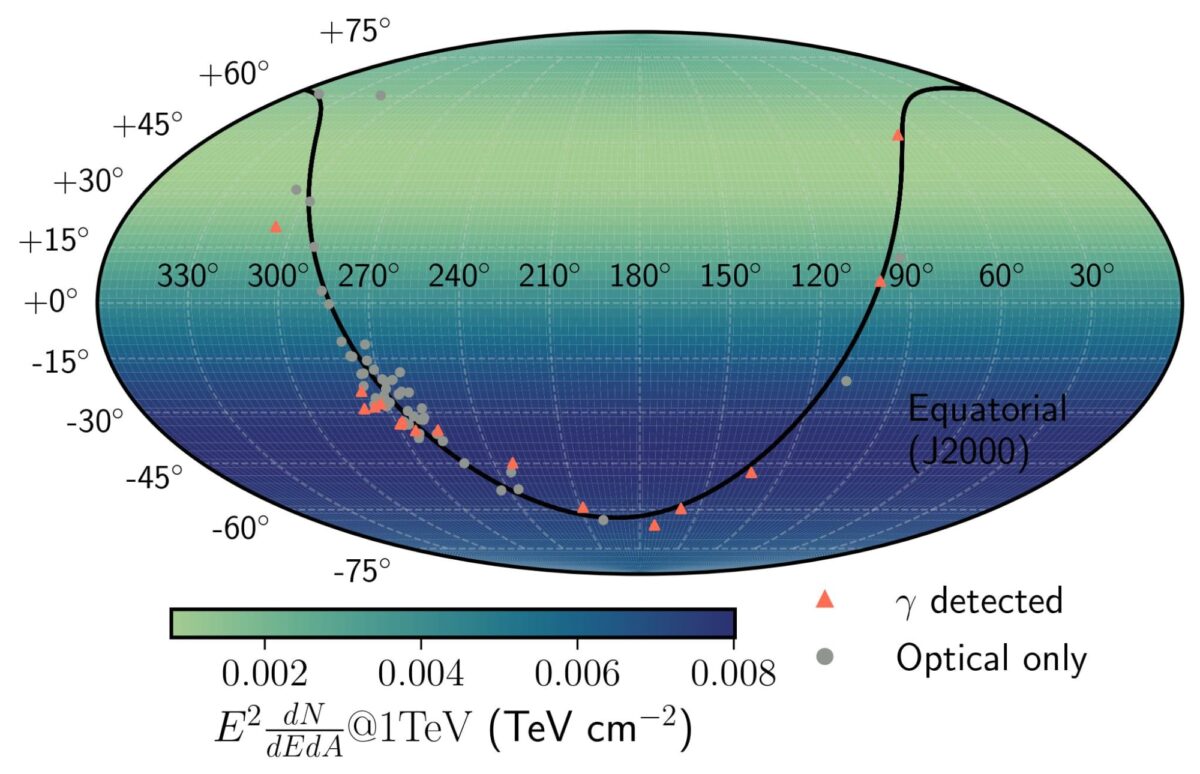
White dwarfs are very dense, compact objects that are one of the possibilities for the final evolutionary state of stars. If they happen to be in a binary system with another companion star, the white dwarf may pull material from the companion star onto its surface. In this case, if enough material is accumulated, a nuclear reaction may occur on the surface of the white dwarf, causing a luminous burst of photons called a nova. Historically, astronomers believed they were seeing stars being born, hence the name, although we now know that is not the case. In the past decade, GeV and even TeV gamma rays were discovered from novae, suggesting that neutrinos—neutral, nearly massless cosmic messengers—could originate from novae as well.
In a paper recently submitted to The Astrophysical Journal, the IceCube Collaboration presents its first search for neutrinos from novae using a subarray of the IceCube Neutrino Observatory, a gigaton-scale detector operating at the South Pole. Although significant emission from novae was not found, IceCube set the first observational upper limits on neutrino emission from novae.
According to Justin Vandenbroucke, professor of physics at the University of Wisconsin–Madison and one of the study leads, “Novae, the little cousins of supernovae, are one of the longest known types of astrophysical transient. The discovery that they produce gamma rays was a huge surprise. Our neutrino analyses are starting to add to the modern understanding of these historical phenomena.”